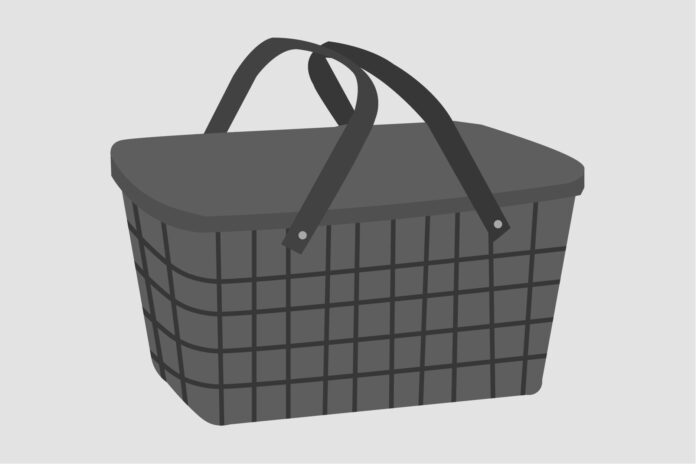The history of the event over the years
There are many things that make UC Davis what it is, but Picnic Day is particularly special to the entire Davis community. Cow milking? A Chemistry show? A Frisbee dog contest? An Avengers-themed show hosted by the Physics Club? Picnic Day, UC Davis’ annual open house, described as its “crown jewel,” has it all. Although Picnic Day has significantly changed since it was first celebrated, it has transformed into one of the largest student-run events in the nation, and the spirit of the event remains.
On May 22, 1909, about 2,000 people came to Davis to view the new Dairy Farm. According to Ann Scheuring’s “Abundant Harvest: The History of the University of California, Davis,” these people came by car, train and even horse and carriage. The ceremonies started at 11 a.m. and were about an hour and a half, but the attendees stayed, having brought their own picnics (and cups and spoons) to go along with the coffee provided by the university. To publicize the event, a cow named Molly was walked from Davis to Berkeley, a feat completed over a total of 97 hours.
The picnic was deemed a success, and the faculty of the University Farm planned and sponsored the event until 1912, when a student committee took over. The event has been canceled only five times: due to an outbreak of hoof-and-mouth disease among the cowherds in 1924, delayed construction of the gymnasium in 1938 and from 1943 to 1945 during World War II. This year marks the 105th Picnic Day, and there is an expected attendance of over 75,000 people.
The City of Davis, ASUCD and UC Davis co-sponsor the event, and this year’s theme is Adventure Awaits. According to the UC Davis website, the Picnic Day Board chose the theme because they felt it “represents the adventure that every past, current and future UC Davis student experiences as they pursue their academic and personal goals throughout their college years.” This theme also epitomizes their goal for visitors’ experiences: “a day where adventure awaits.”
A list of past themes goes all the way back to 1923 (“Follow the Sign”). UC Davis’ agricultural roots are referenced in many of these early themes — “A New Day in Agriculture” was the theme in 1933, and “Agriculture Ahead” was the theme in 1935. The 1940 theme was “Agriculture, the Nation’s Foundation,” and its poster can be found on the UC Davis Picnic Day website, alongside a few others.
The event was first called “Picnic Day” in 1916, when attendance tripled from the previous year to 15,000. The following year, the parade had a float, and the year after that, floats were included on the official schedule. In 1935, the university went as far as to cancel classes the day before so students could help prepare for Picnic Day. At this time, there were 507 students enrolled in the university and 100 faculty members. Eight of these students rode horses from Davis to Sacramento and invited Governor Frank Merriam to attend. In 1951, Governor Earl Warren, who would later be the Chief Justice of the Supreme Court, attended the event.
The enrollment of UC Davis has now gone up to over 35,000 and the campus hosts many more people at Picnic Day. There are an abundance of events to choose from, organized into categories: animal events, exhibits, Children’s Discovery Fair, live performances and the Student Organization Fair. Expanding upon just coffee and cream (with a new bring your own cups and spoons policy), the official schedule of events has an entire page devoted to food options — over 30 food trucks will be serving food on campus starting at 10 a.m.
But despite all the new additions, tradition remains. The event welcomes students, families, alumni and members of the community to experience the UC Davis campus. As Chancellor Gary May wrote in his message on the official schedule of events, “one thing hasn’t changed: The spirit of friendship and sharing from the original 1909 picnic.”
Written By: Anjini Venugopal — features@theaggie.org




